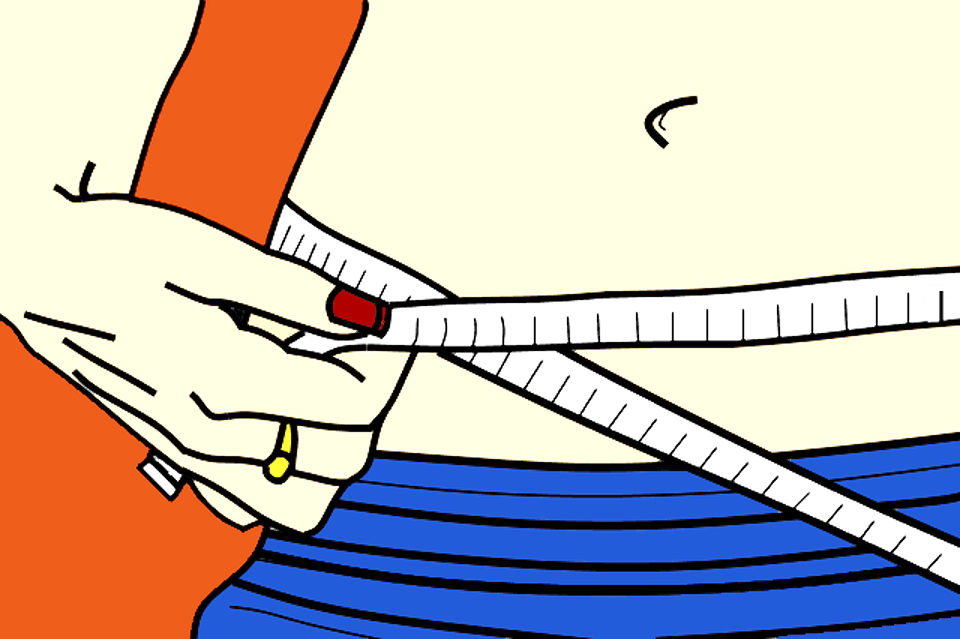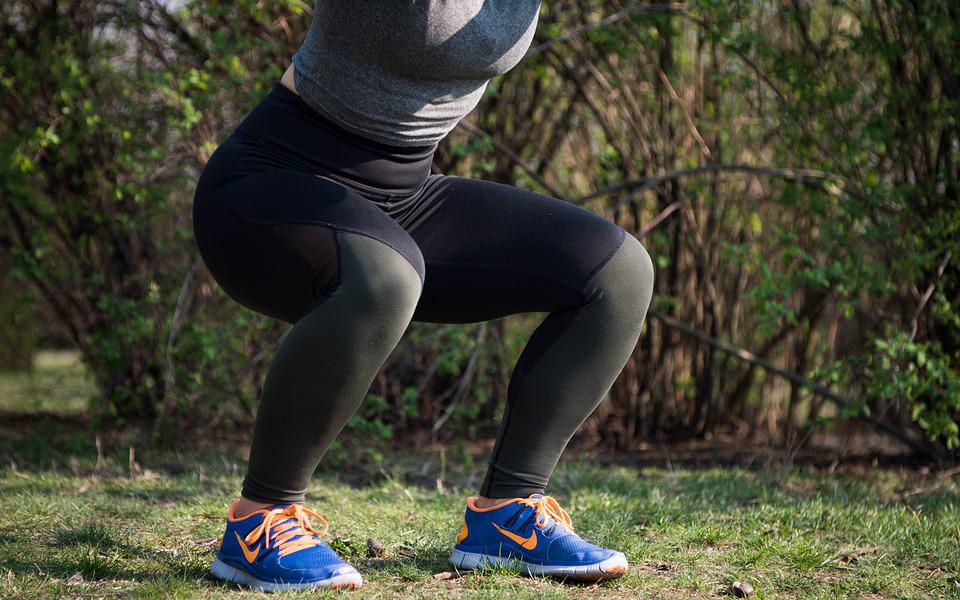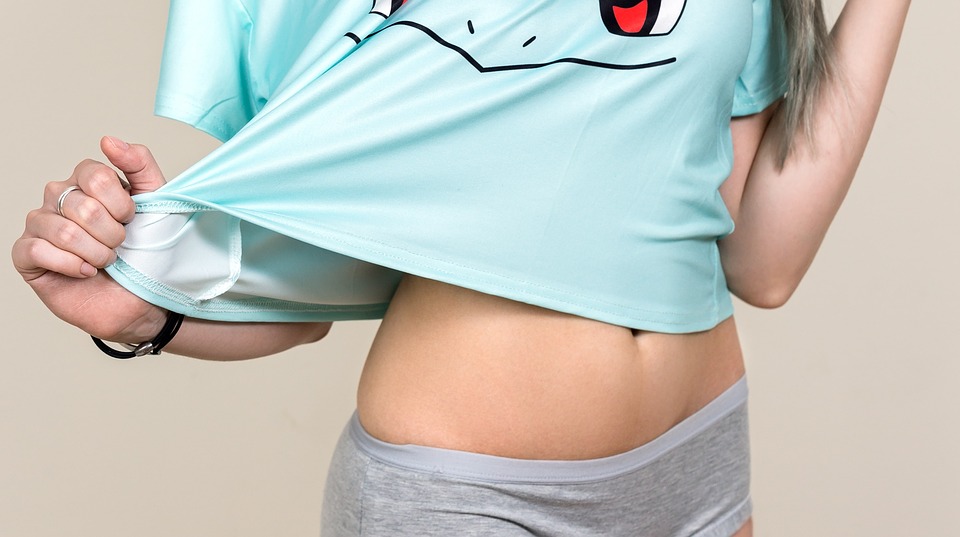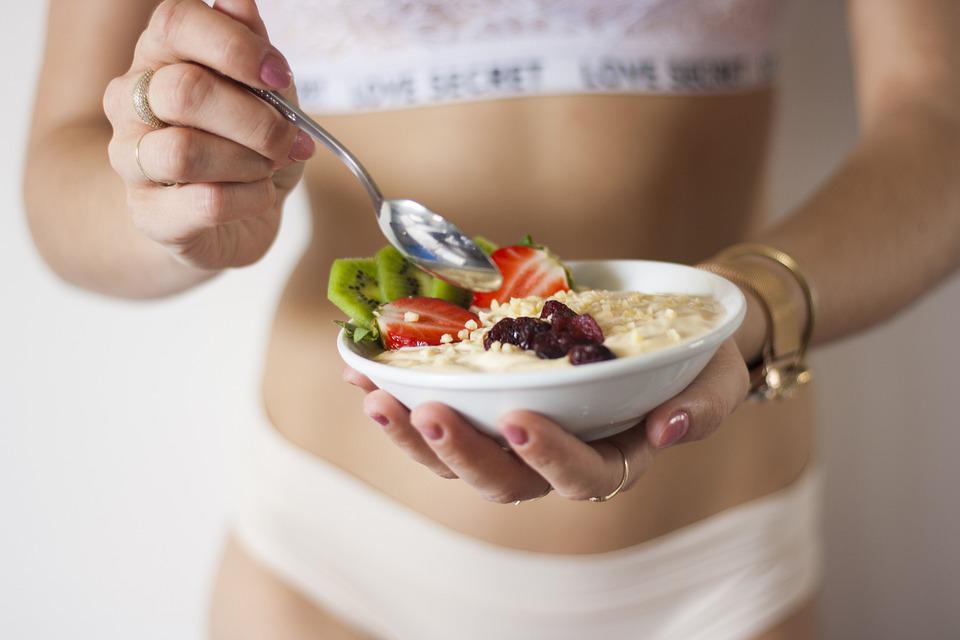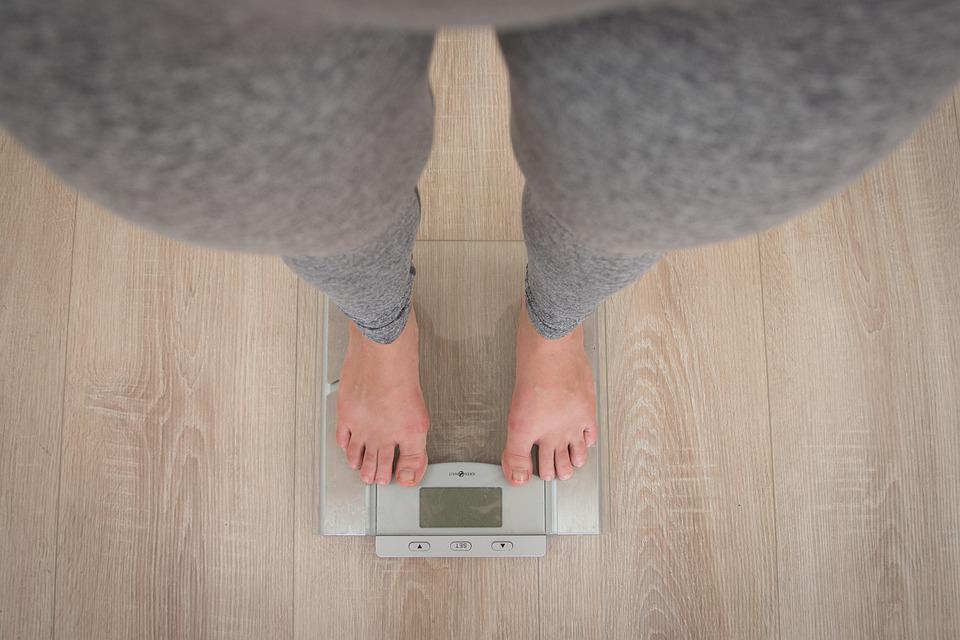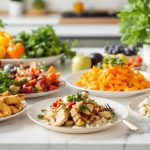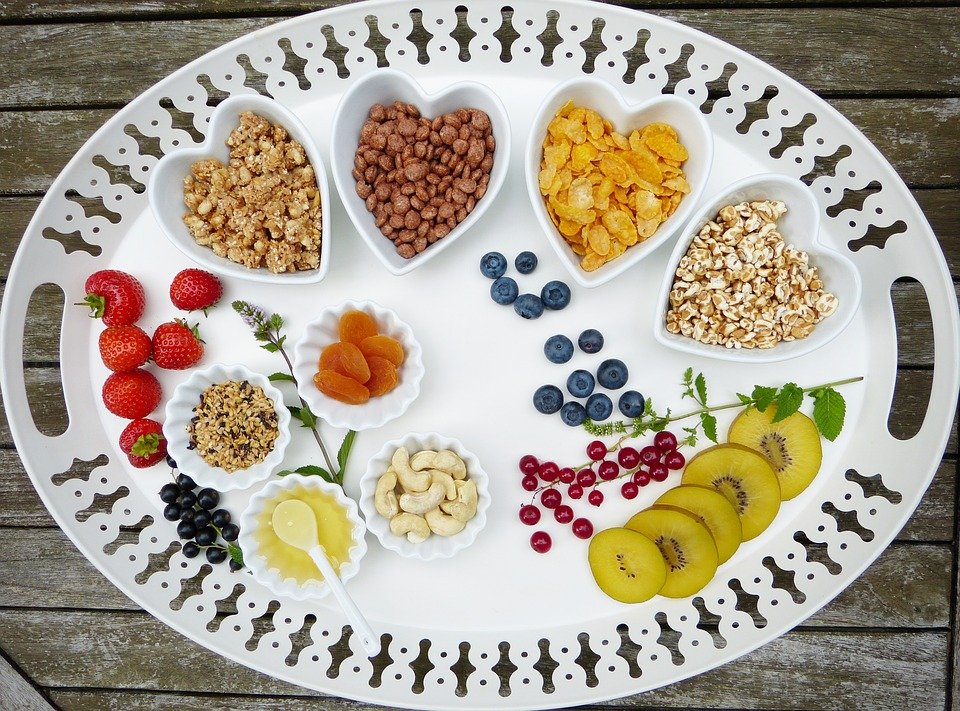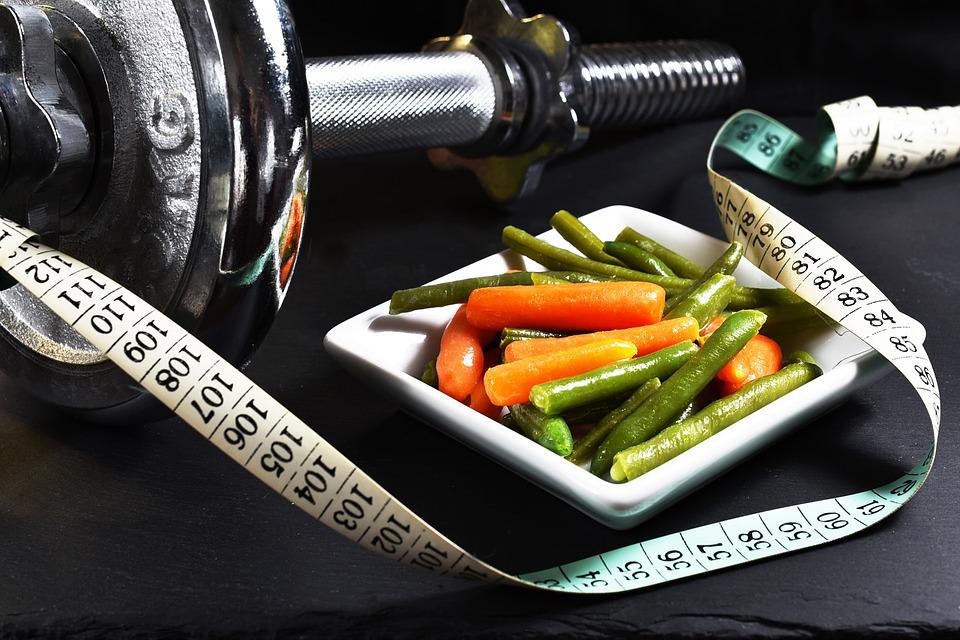
There are many eating plans that claim to help you lose weight, but most of them are costly and not backed by scientific evidence. Some of these plans may actually be harmful to your health.
There is no one-size-fits-all approach to losing weight. Your weight-loss plan will depend on your current habits, how much weight you want to lose, and your long-term goals.
Although exercising is important, what you eat is even more important. You cannot lose weight if you do not make smart choices about the food you eat, no matter how often you work out.
In this weight-loss guide, we’ve gathered advice from nutritionists, psychologists, and scientific publications on how to eat for weight loss and better overall health. These strategies are simple, evidence-based, and effective, without any gimmicks or extreme measures.
- Eat a balanced diet.
If you want to lose weight, you’ll probably need to change your diet. Eating healthy means more than just reducing your calorie intake—it also means keeping your blood sugar levels in check.
When you have diabetes, your body can’t make or process insulin, so the glucose stays in your blood Whenever you eat, your body breaks the food down into glucose and sends it into your blood. This triggers your pancreas to release insulin, which helps your cells absorb the glucose. When you have diabetes, your body can’t make or process insulin, so the glucose stays in your blood.
The difference between a candy bar and baby carrot is that the candy bar will be digested much faster, which can lead to a spike in your blood sugar levels.
When you eat foods that cause your blood sugar to spike, your body produces too much insulin, which can lead to weight gain.
A diet of processed, simple sugars can lead to weight gain, so it’s important to eat foods that you digest slowly.
Vegetables are good for weight loss because they are low in calories and high in fiber. You can eat a lot of vegetables and feel full without spiking your blood sugar levels.
Instead of restricting yourself from certain foods, try to incorporate more nutrient-rich foods into your diet. Foods that are high in water and fiber, like fruits and vegetables, are low in calories and fat but are nutrient-dense and filling. You can make healthier versions of your favorite dishes by substituting fruits and vegetables for high-calorie ingredients. If you aim to make every meal at least 50% vegetables, you’re on the right track to better health.
- Build a better breakfast.
A delicious and balanced breakfast with plenty of fiber, protein, and healthy fats will help set you up for a successful day, especially if you’re trying to live a healthier lifestyle. Skipping breakfast can mess with your hunger hormones and make you more likely to indulge in unhealthy snacks later in the day. A good breakfast should leave you feeling satisfied and full, so aim for 400-500 calories. Include protein, healthy fats, and fiber for the best results.
- Eat the right carbs: Fiber and resistant starch.
You should limit or cut sugar and processed carbs out of your diet to lose weight, according to studies and experts.
You are more likely to overeat and gain weight if you consume processed foods that are high in simple carbohydrates. These carbs are digested quickly, which means you’ll feel full for a shorter period of time.
Sugar also causes a spike in blood sugar levels, which over time can damage blood vessels and make it difficult for the body to regulate insulin. This can lead to conditions such as type 2 diabetes and heart disease.
Diet plans that are popular, like the ketogenic diet and Atkins diet, restrict carbs from simple carbs to complex carbs.
However, complex carbs are important because they are slowly processed, which can make you feel full for longer and prevent hunger pains. They are also proven to help protect against coronary heart disease.
There are two types of complex carbs that are good for you to include in your diet, fiber and resistant starch. Some good sources of foods that have both of these complex carbs are peas, lentils, beans, whole grains, and cold pasta.
- Eat mindfully.
If you want to control your portion size, take the time to really focus on the taste, textures, temperature, and smells of your food. Eating mindfully means being aware of what you’re eating and when you’re eating it, which can help you avoid overeating. Another tip is to avoid eating foods that you wouldn’t normally choose. Pay attention to where your extra calories are coming from, so that you can make better choices in the future.
- Skip sugary beverages.
We don’t get the same satisfaction from liquid calories as we do from real food. Drinks like juice and coffee don’t fill us up in the same way as a meal with vegetables and protein. One way to lose weight faster is to cut out sugary drinks, which are also bad for things like heart health and diabetes prevention. Keep track of how much juice, soda, coffee, tea, and alcohol you’re drinking. If you have one of each of those drinks every day, you’re taking in 800 extra calories by the end of the day, and you’ll still be hungry. Alcohol can also make it harder for your body to burn calories.
- Start strength training.
Strength training helps you build lean muscle tissue, which means you’ll burn more calories all day long, even when you’re resting. The more muscle you have, the faster you’ll achieve your weight loss goals.
What are some basic strength-training moves that can be done in the home or office? These include push-ups, squats, lunges, bicep curls, and tricep extensions. Mixing in new moves for the arms, legs, back, and abs can lead to more rapid improvement in weight loss, range of motion, stability, and posture.
- Spice up your life.
Eating spicy food can help you eat less by making you more mindful of your food intake. Capsaicin, a compound found in jalapeños and cayenne peppers, speeds up your calorie-burning process by releasing stress hormones like adrenaline. In addition, eating hot peppers can help you eat more slowly and avoid overeating. Some other great foods that have similar effects are ginger and turmeric.
- Go to bed earlier.
Not sleeping enough can have a negative impact on your metabolism and may even cause you to make poorer food choices. On the other hand, getting a good night’s sleep has a number of benefits, like increased alertness and a better mood. Try going to bed 15-30 minutes earlier each night.
- Keep a food journal.
If you want to lose weight and keep it off, you should log everything you eat. This habit only takes up 15 minutes of your day on average, and it will help you reach your goals.
An app or notebook can help you track what you eat and identify areas that need improvement.
- Take a walk!
If you want to lose weight, walking can be a great help. Walking can maximize your NEAT (Non-Exercise Activity Thermogenesis), which is the energy you expend for everything except formal exercise and sleep. Obese people tend to walk less, and people who gain weight also tend to walk less.
Working out at any time is good for your health, but doing it in the evening may have more benefits since your metabolism usually slows down by the end of the day. Doing 30 minutes of aerobic exercise before dinner can increase your metabolic rate and keep it going for a few more hours after you finish, as well as help you relax after eating so you’re not as tempted to eat more because of stress.
- Resist the urge to skip a meal.
Our nutrition experts say that if you skip meals, you will not lose weight any faster. If you have a busy day and can’t sit down for a meal, put a piece of fruit and a pack of nut butter in your car or purse, and keep snacks in your desk drawer so you won’t get hungry.
If you go without food for long periods of time, it can mess up your metabolism and make you more likely to binge eat later. Try to eat 3 meals and 2 snacks every day, and don’t go more than 3 or 4 hours without eating. Set an alarm on your phone to remind you to snack if you need to.
- Eat your H2O.
Drinking water can help reduce bloating, but you can also eat foods that contain a lot of water. These include cucumbers, tomatoes, watermelon, asparagus, grapes, celery, artichokes, pineapple, and cranberries. These foods also contain substances that make you urinate more, which can help you feel full because they contain more fiber.
- Munch on mineral-rich foods.
Potassium, magnesium and calcium found in leafy greens, “orange” foods, bananas, tomatoes, and cruciferous veggies can help to counterbalance bloat-inducing sodium. Low-fat dairy, plus nuts, and seeds can also help reduce bloat. These foods have also been linked to additional health benefits such as lowering blood pressure, controlling blood sugar, and reducing risk of chronic disease.
- Try intermittent fasting.
Compelling new evidence indicates that intermittent fasting is not only safe, but may also improve a variety of health conditions such as obesity, heart disease, diabetes, cancer, and brain health. A greater understanding of the role of food timing on health has emerged in recent years, with scientists now suggesting that when you eat is just as important as what you eat. This method of consuming all meals and snacks within a set period of time each day, known as intermittent fasting, is increasingly being touted as a health panacea. Intermittent fasting is not only safe, but may improve a variety of health conditions such as obesity, heart disease, diabetes, cancer, and brain health, according to new evidence.
Although there is limited research that intermittent fasting aids in weight loss, there is more evidence from animal and human studies that fasting provides other benefits, such as improvements in diabetes, cardiovascular disease, and neurological disorders.
-The 16/8 method: Also called the Leangains protocol, it involves skipping breakfast and restricting your daily eating period to 8 hours, such as 1–9 p.m. Then you fast for 16 hours in between. -The 5:2 method: With this approach, you consume only 500–600 calories on two non-consecutive days of the week, but eat normally the other 5 days. If you are looking to try an intermittent fasting approach, there are many different types to choose from. Two of the most popular are: -The 16/8 method: Also called the Leangains protocol, it involves skipping breakfast and restricting your daily eating period to 8 hours, such as 1–9 p.m. Then you fast for 16 hours in between. -The 5:2 method: With this approach, you consume only 500–600 calories on two non-consecutive days of the week, but eat normally the other 5 days.
If you want to try the 16:9 method, you would eat during a 9-hour window each day, and then fast for the other 16 hours. Most people who do this choose to skip breakfast and eat between 12 pm and 9 pm.
The 5:2 method is where you severely restrict your diet for two days out of the week and eat a regular diet for the other five days.
What you eat is just as important as when you eat when intermittent fasting. Eat foods high in fiber and protein to help stave off hunger during fasting periods.
- Reduce stress.
If you use food for emotional reasons, such as to deal with stress, it can be very tough to lose weight. You might even end up gaining weight.
Researchers have found that stress caused by racism, homophobia, and physical or sexual abuse can lead to emotional eating.
To stop emotional eating, you need to overcome the stress that triggers it. Some ways to overcome stress include:
- Guided meditation
- Mindful breathing
- Yoga
- Getting better sleep
Binge eating is a more serious condition related to emotional eating. It is considered to be an eating disorder that requires specific treatment. Therefore, it is important to determine if you have a binge eating disorder, and then take the necessary steps to stop it.
Takeaways
Instead, develop a sustainable eating plan that fuels your body with healthy foods and helps you achieve and maintain a healthy weight. The best way to lose weight is to develop a sustainable eating plan that fuels your body with healthy foods and helps you achieve and maintain a healthy weight.
Eating a healthy balance of fats, carbs, and proteins is more important than processed foods. Find an eating routine you can stick with and enjoy.

